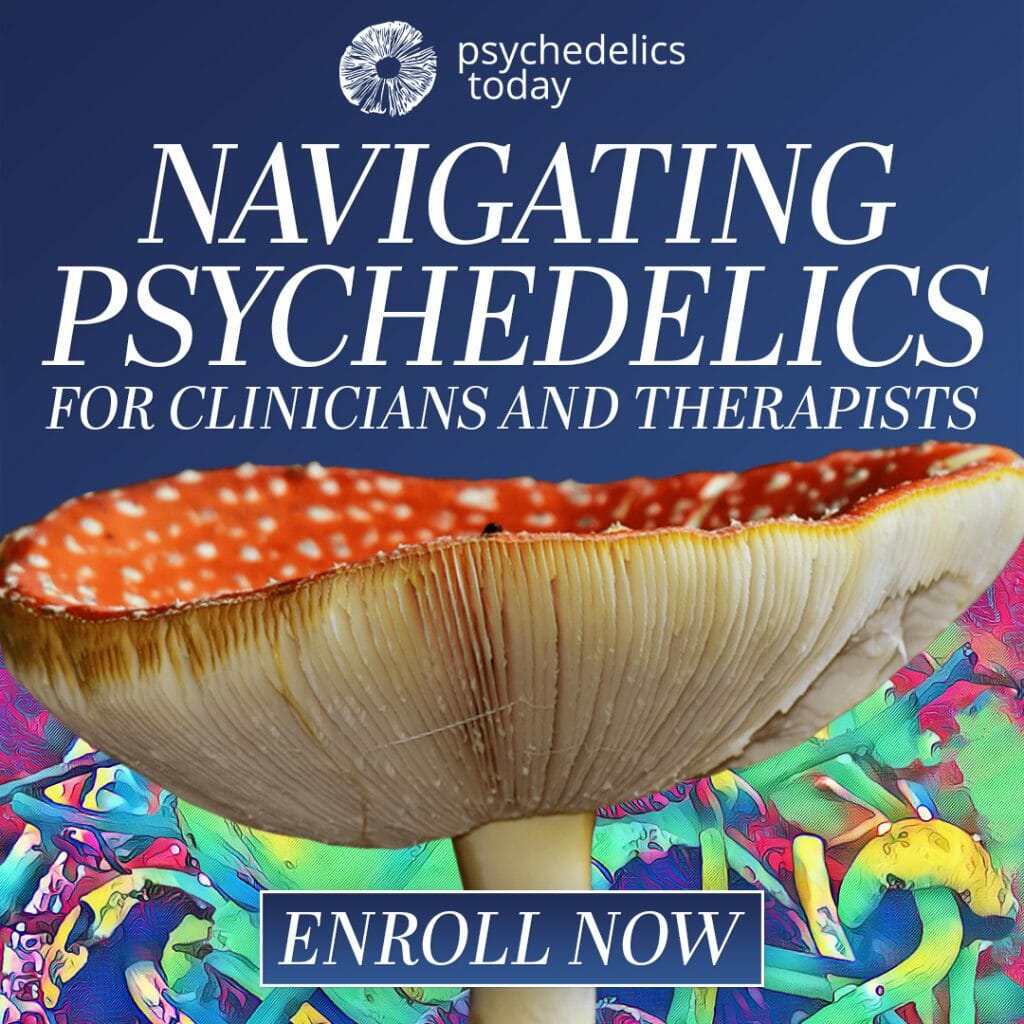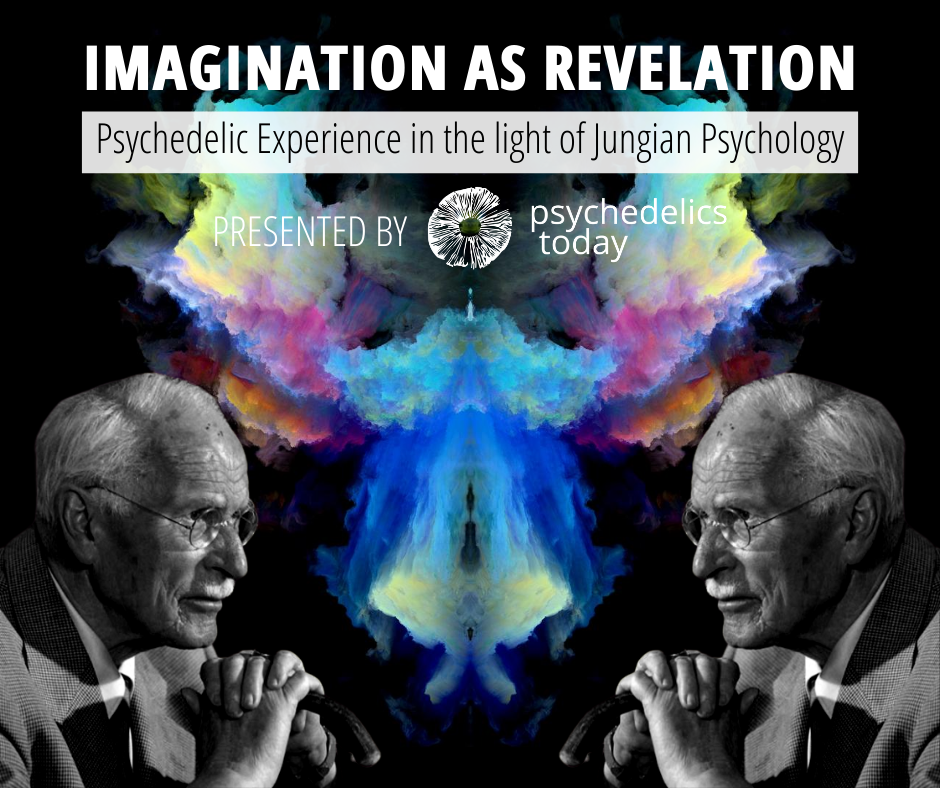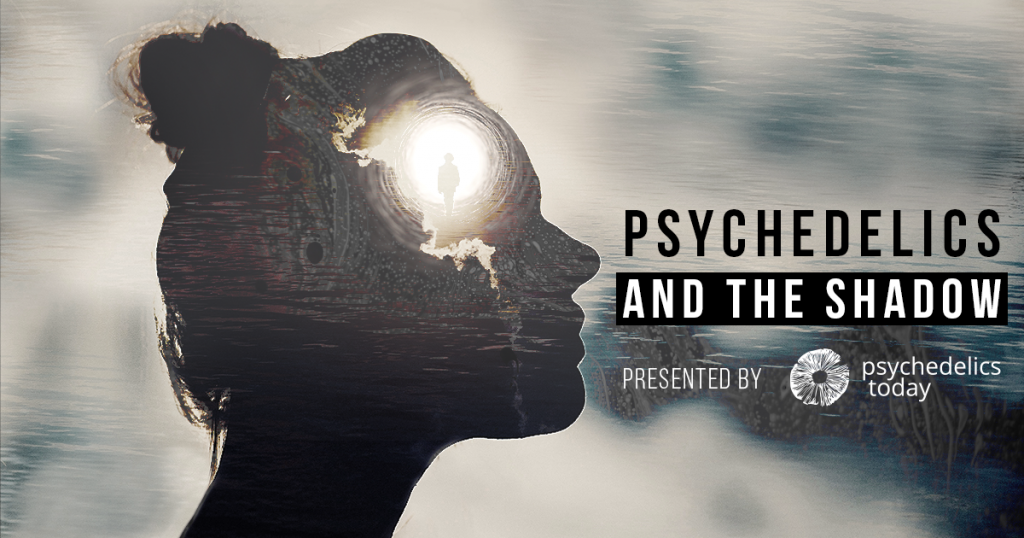By Simon Yugler
Is psychedelic capitalism a myth?
The week I am writing this, author and psychedelic philanthropist Tim Ferriss poised a very direct question (via Twitter) to the public and various leaders in the psychedelic community, including Michael Pollan, Rick Doblin, and Robin Carhart-Harris.
Ferriss asked about how best to navigate the apparent “patent land grab” occurring behind the scenes within various private companies, many of which have received millions of dollars in investment capital and stock valuation.
This was in no doubt a response to the bizarre move by the British psychedelic startup Compass Pathways to patent, according to a recent VICE article, “the basic components of psychedelic therapy,” including the use of “soft furniture and holding hands.”
The internet being what it is, Christian Angermayer, a venture capitalist representing both Compass Pathways and a biotechnology company called ATAI Life Sciences, chimed in. Downplaying Ferriss’ philanthropy efforts and deeming his concerns as “wrong,” Angermayer defended the business strategies that Ferriss, along with many other leaders in the psychedelic community, called into question.
Instead of continuing to communicate through tweets, Ferriss wrote this extensive reply.
We are in the midst of a psychedelic gold rush. This comprehensive article from VICE addresses the nauseating pace at which psychedelic patents are springing up, including everything from psilocybin-infused cannabis to Phillip Morris e-cigarettes containing DMT and patents for psychedelic treatment of food allergies.
As if our world wasn’t getting strange enough.
If the $1 billion initial public offering (IPO) of Compass Pathways tells us anything, it is that we are well into witnessing the birth of an unwieldy and unpredictable psychedelic capitalism–a phrase which would likely compel the Huxleys, Hoffmans, and McKennas of the world to roll over in their infinite cosmic graves.
With multiple decriminalization measures passing this past year across the US, along with Measure 109 in Oregon that will allow the therapeutic use of psilocybin, the trip train is moving fast.
This news is worth celebrating. Personally, I am overjoyed, especially due to the fact that psychedelics played a central role in why I became a psychotherapist. Yet at this very moment, the future of psychedelic medicines is being bought and sold through high-level investment pitches delivered in sleek board rooms across San Francisco, London, and beyond.
Along with it is the potential for equitable and affordable access to psychedelic treatment for millions of people desperately seeking their healing effects–the very same people these companies claim to want to “help.” Forgive me for being skeptical.
Because here’s the thing we all must keep in mind as we trudge along into this wild new century:
Psychedelic Capitalism Doesn’t Exist.
There are psychedelic substances, experiences, music, art, and literature. There are psychedelic philosophies, ethics, worldviews, and sub-cultural communities. And there is psychedelic healing, treatment, and indigenous traditions. Psychedelics dissolve boundaries and reveal the soul, as the Greek definition of the word indicates (psyche – soul, delos – to reveal).
And then there is capitalism: an economic system controlled by private corporations based on infinite growth, resource extraction, consumption, and the bottom line of financial profit. Capitalism engulfs, confines, and extracts the soul from what it consumes.
Like “military intelligence” or the “music business,” the two words create a philosophical conundrum. We are currently witnessing how these paradoxical concepts will mesh in the here and now. The balance will undoubtedly be precarious.
In the heart-wrenching internet comic, We Will Call it Pala, artist Dave McGaughey tells the story about one woman’s vision to start a psychedelic healing clinic colliding with the hyper-optimized ethos of Silicon Valley and the cold-blooded demands of her venture capital investors.
As the story progresses along its all-too-likely trajectory, she faces the monstrosity she has unwittingly created. Grieving for her seemingly naive vision, the heroine laments, “There is no medicine strong enough to blow a corporation’s mind.”
This is because, despite their legal standing in our society, corporations are not conscious beings. By definition, a corporation will never have a mind-altering or heart-opening experience. And though the etymological roots of the word inevitably boils down to “body,” a corporation will never feel a thing.
Art may be one of the best arenas where we might be able to predict how the weird, alchemical vinegar of psychedelics will merge into the oil-laden waters of capitalism.
It is said that art can serve either as a hammer or a mirror for society. Even once a great work has been absorbed by the market–a Banksy or a John Cage or a Van Gogh–the impact of that work can still continue to resonate within the psyche and catalyze an imaginal or inner shift, no matter how many coffee mugs it’s been plastered onto.
Art is able to, at least partially, escape the trap of capitalism because it exists between two realms.
Art takes a form in our physical, time-bound reality, but also lives within the imagination, and is formless. Art can embody and transmit ideas, imparting rare messages that transcend the tangible and time-bound. Art changes culture. Art evokes emotion, even if we’ve seen the same image a thousand times. Art can shock, uplift, or crush us. Art is dangerous.
The Art of the Trick
Lewis Hyde, in his book Trickster Makes This World, argues that artists have evolved to become the mythological trickster figures within our modern culture, previously relegated to ritual and story.
Charting the work of figures as diverse as Marcel Duchamp, Bob Dylan and Frederick Douglass, Hyde explores the very nature of the words “art” and “artist,” tracing their etymological origins back to the Latin “artus,” which means joint, or juncture.
As Hyde playfully elaborates, the “artus-workers” of our modern era now play the role that Hermes, Raven, and Coyote played in their own cultural mythologies, as gods of the threshold, the trick, the lie, and the oft-misunderstood bearer of culture.
These were celebrated beings who, often unwittingly, upset the established and most likely stale cosmic order, and introduced a bit of divine chaos, thereby creating a new cosmic law, sacred technology, or a new world entirely.
Despite their humble or comedic natures, tricksters, like psychedelics, are not to be taken lightly.
Take the Greek myth of Hermes that Hyde uses as an example in his book. Hermes, through stealing and then slaughtering the golden cattle of his brother Apollo, performed the first sacrificial offering to himself and made himself a god. He clearly made a fool of his brother, who had a thing for fancy board rooms in the sky. The other Olympians thought it was hilarious and let Hermes stay.
Another example, Coyote, comes from Native American tradition, as told in the 1984 book, American Indian Myths and Legends. In thousands of tales told across many languages, Coyote creates the world, teaches hunting and tracking, or travels to the land of the dead, amongst other adventures. Up north, Raven brings fire to humans, invents the fish trap, and perfects the art of theft. He also travels between the earthly and heavenly realms, bringing messages across the divide.
Eshu and Legba, trickster gods from West Africa and the Carribean, are invoked before all other gods, for it is understood that every act of divine communication and exchange must pass through their hands. According to Hyde’s book, even though Eshu and Legba are not the most powerful beings in the Afro-Carribean pantheon, these lords of the crossroads are feared above all others because of their pivotal cosmic position. And you never know what you are going to get.
Even the Loki, dark trickster of the Norse pantheon, sets into motion events which would result in the destruction of the very gods themselves–Ragnarok. But what is often forgotten is that Ragnarok is not just about the fiery end of all things. It is also the beginning of the new world, all of which was put into motion because Loki couldn’t help but push a few buttons up in Asgard.
Come to think of it, trickster myths seem to have a lot in common with the role that psychedelics play within the psyche and the brain. Stay with me here.
Neurology and New Worlds
Neuroscientist and psychedelic researcher Robin Carhart-Harris’ landmark 2014 article, The Entropic Brain, highlighted the ways in which psilocybin decreases blood flow to an area of the brain called the default mode network (DMN), enabling novel connections to be made between neural pathways that are normally routed through this cognitive superhighway.
Psychedelics upset the applecart of our normal cognitive functioning, and by introducing a bit of pharmacologically mediated chaos, make room for new and different neural connections to take shape.
Of additional interest here is Carhart-Harris’ discussion of psychedelic states being “poised at a ‘critical’ point in a transition zone between order and disorder” in terms of consciousness. The place between two places, often called the liminal, plainly invokes the many trickster gods we have been speaking of, for all dwell on this same precipice, and can be found anywhere that roads, worlds, and perhaps even neural networks, collide.
Even the many studies showing the promise of psychedelics to treat addictions can be seen in the light of trickster myths (e.g. de L. Osório, et.al, 2015, and Hamill et.al, 2019). Whatever epiphany is granted during the psychedelic experience that might finally help someone kick a long-held, potentially lethal habit, marks a shift from one world to another, mythologically speaking.
True recovery marks an end and a beginning. Such an epiphany, especially in the language of Alcoholics Anonymous, is seen as a message from a higher power, which the Greeks and the Yoruba knew was always mediated by the trickster.
Lastly, let’s not forget the reason why psychedelics were made illegal in the first place. As Terance McKenna famously said, “Psychedelics are illegal not because a loving government is concerned that you may jump out of a third story window. Psychedelics are illegal because they dissolve opinion structures and culturally laid down models of behaviour and information processing. They open you up to the possibility that everything you know is wrong.”
Just like art, psychedelics have the potential to change culture, and can be dangerous to the established order of things. The 1960’s and 70’s proved that with a spectacular flair. It is not difficult to imagine why Nixon deemed Timothy Leary “the most dangerous man in America” at the onset of the drug war.
The simple fact that a naturally occurring plant or fungus could impart such soul-revealing visions may even be “the best kept secret in history,” according to Brian Muraresku in his revelatory book, The Immortality Key. Who needs priests to talk to god when you can do it yourself with the help of a plant? But that’s a story for another time.
Even if these awe-inspiring revelations are “occasioned” (to use the words of psychedelic researcher Roland Griffiths) through a psychopharmacological trick of serotonin agonists, if the above mythologies teach us anything, it is that sometimes a trick is exactly what’s needed for real transformation to occur.
Standing at the Crossroads
Psychotherapy, it has often been said, is both an art and a science. And now as psychedelics firmly make their way into the field, it may require those facilitating this work to embrace the deeper dimensions of what such a sentiment actually implies.
Perhaps the evolving art of the psychedelic therapist or facilitator will be to more deeply embrace the fact that these medicines are as unpredictable as the tricksters we’ve just met, and that their true implications for both individuals and culture lay far beyond simply feeling better and having a nicer day at the office.
To believe that psychedelics can be confined to the clinic, the lab, or the corporate body not only ignores the volatile history of these compounds in the 20th century, it ignores the fact that the very function of these substances is to dissolve boundaries and dismantle familiar, long-held structures on neurological, psychological, and cultural levels.
To bring this all to a close, and to end where we began in true trickster fashion, it seems that Hermes has one last ace up his sleeve. Not only was he the divine messenger, bringer of dreams, guide of souls, and lord of the crossroads, Hermes was also the god of the marketplace. Any time money is exchanged, Hermes is said to be there. The true “free market” is imbued with the spirit of Hermes, and involves much more than the simple exchange of currency and intellectual property rights sold to the highest bidder.
Emerging philosophies, religions from far off lands, rumors of wars, and village gossip were all exchanged in the markets of old. They were places of excitement, cross-pollination, unpredictability, and community–things I think we could all use a bit more of these days.
There’s one last thing. It was said that one could ask for Hermes’ help by leaving an offering at his shrine, located at the heart of the market, covering one’s ears, and walking away. The first thing you heard when you opened your ears was Hermes speaking to you. The fine print is that one had to be firmly outside the hustle and bustle of the market before listening for the winged messenger’s reply. I believe the modern term for uncovering one’s ears too soon is called an “echo chamber,” and we all know how helpful those can be.
What does this mean for our purposes here? I haven’t the slightest idea. Only that the god of the marketplace requires us to maintain a certain distance from his domain to be clearly heard. Just because Hermes rules the marketplace doesn’t mean he lives there.
So just like where we find ourselves today, peering over the precipice of this new psychedelic capitalism, there’s no map for where we must go before listening for Hermes’ synchronistic response. Go far enough out and we might encounter the language of owls, moonlight, and whoever else prowls those liminal wilds. Stay too close, and we risk repeating just more of the same.
And if we get lost, and find ourselves back at the crossroads where we first began, perhaps that is the message we were needing all along. Because ultimately, the joke’s on us.
About the Author
With a masters (MA) in depth counseling psychology from Pacifica Graduate Institute, Simon Yugler is a depth and psychedelic integration therapist based in Portland, OR. Weaving Jungian psychology, Internal Family Systems therapy, and mythology, Simon also draws on his diverse experiences learning from indigenous cultures around the world, including the Shipibo ayahuasca tradition. He has a background in experiential education, and has led immersive international journeys for young adults across 10 countries. He is passionate about initiation, men’s work, indigenous rights, decolonization, and helping his clients explore the liminal wilds of the soul. Find out more on his website and on Instagram , Twitter (@depth_medicine) or Facebook.




